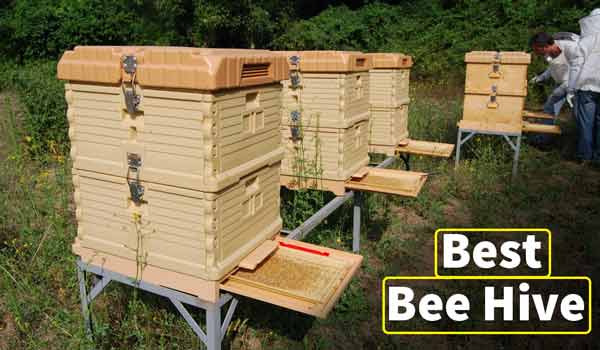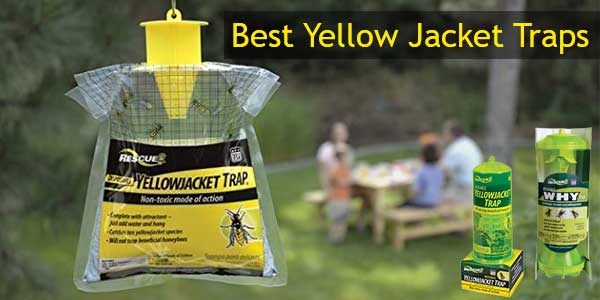What are Diamond Blades?
When choosing the right diamond blades for your work, you must understand how they work and how they are made. Knowing all the necessary information about the blade ensures the success of your job.
You need to use a specific type of blade for a certain kind of material to be cut. Diamond blades come in different body types and sizes, and choosing the proper blade for the right materials can dramatically improve your work and prolong your blade’s life.
Segment: the cutting part
The diamond and the metal bond are the two components of the segment. The diamond crystals are the ones that cut. These diamonds used on the blade are synthetic or manufactured. Synthetic diamond is preferable than the natural one since the essential features such as strength, shape, and size can be controlled through the fabrication process.
Controlling the main characteristics of the fabricated diamonds provides accuracy and speed as well as a longer life cycle. Moreover, it would help if you consider these following factors about the diamond:
- Quality of the diamond
This determines the ability of each diamond to endure heat and keep a sharp point. High-quality diamonds can survive longer at hotter temperatures.
- Quantity of the diamond
The quantity of the diamond on the metal bond varies and needs more power as the diamond’s quantity increases. The more diamond in the segment, the more energy is necessary for the blade to cut. The blades that you should use for high-powered saws should have more diamonds in its segment.
- Size of the diamond
The size of the diamond should be considered, as well. Segments with a higher number of diamonds have finer individual diamonds. Finer diamonds are used hard materials such as Quartz or Chert. On the other hand, larger diamonds are used for softer materials, such as soft red clay bricks or asphalt.
The bonding system is a combination of different metal powders that allows specific wear rates. A properly-formulated bond can hold the diamonds in place long enough until the diamond reaches its maximum point. Then, it releases the stone to expose the next layer of the cutter.
You have to remember that more rigid bonds are used in soft abrasive materials, and soft bonds are used in harder and less abrasive materials. Soft blades are mostly made of Bronze, so the soft blade for hard material has a yellow mark on the segment.
Steel core
The core is usually a round flat metal disc that supports the outer segment. The diamond can be fixed to the core by laser welding, vacuum brazing, or sintering.
- Laser welded attachment
Laser welding holds the strongest bond to the core than other standard methods of fixing the core segments. More aggressive diamond blade applications involve using higher-powered equipment to wet cut more rigid materials to greater cut depths.
- Sintered or vacuum brazed
The level of process to fabricate the core is based on the attachment method. Higher volume, lower cost blades use either sintered attachment or vacuum brazed process. Sintered and vacuum brazed blades are used for dry cutting softer materials on low-powered equipment. The cores used in this blade are simple and do not need the processes used on blades for more aggressive applications.
Diamond blades don’t cut as these blades grind. The diamond crystals exposed to the grinding work and the bond of the metal matrix keep the diamonds in place.
As the diamond fractures and wears, the metal bond’s erosion exposes a new set of sharp diamond points. This erosion-exposure cycle continues until everything is used up.
Author Bio:
Steffy Alen is a copywriter and content strategist. She helps businesses stop playing around with content marketing and start seeing the tangible ROI. She loves writing as much as she loves the cake.







